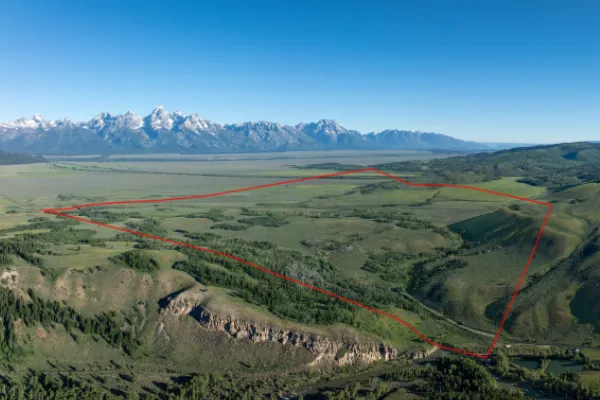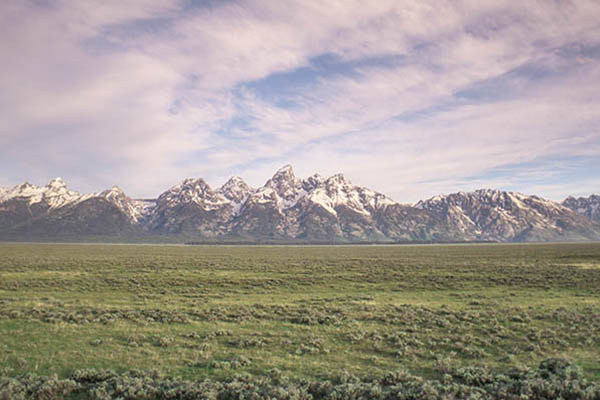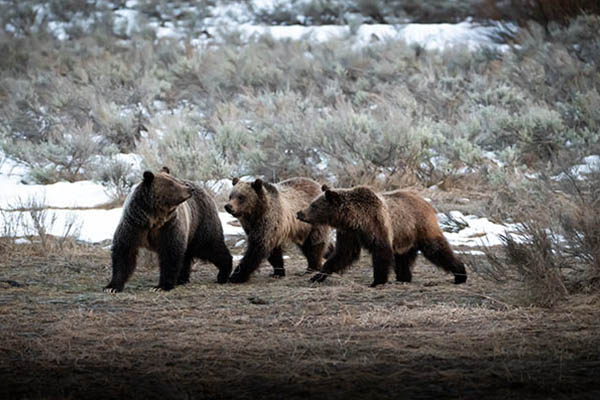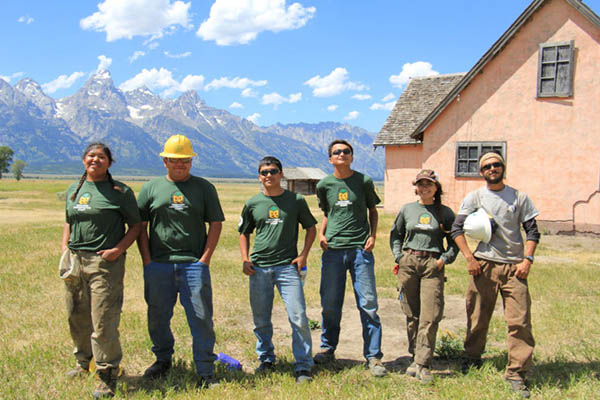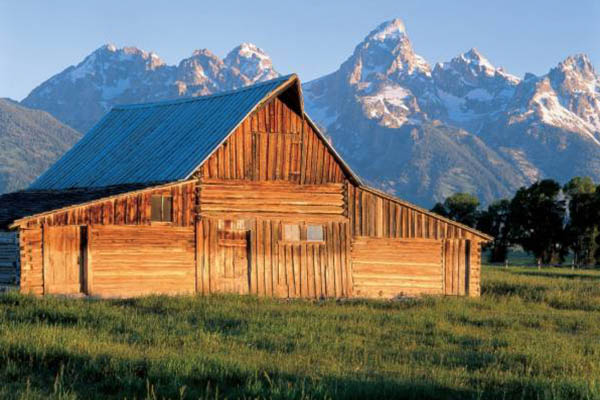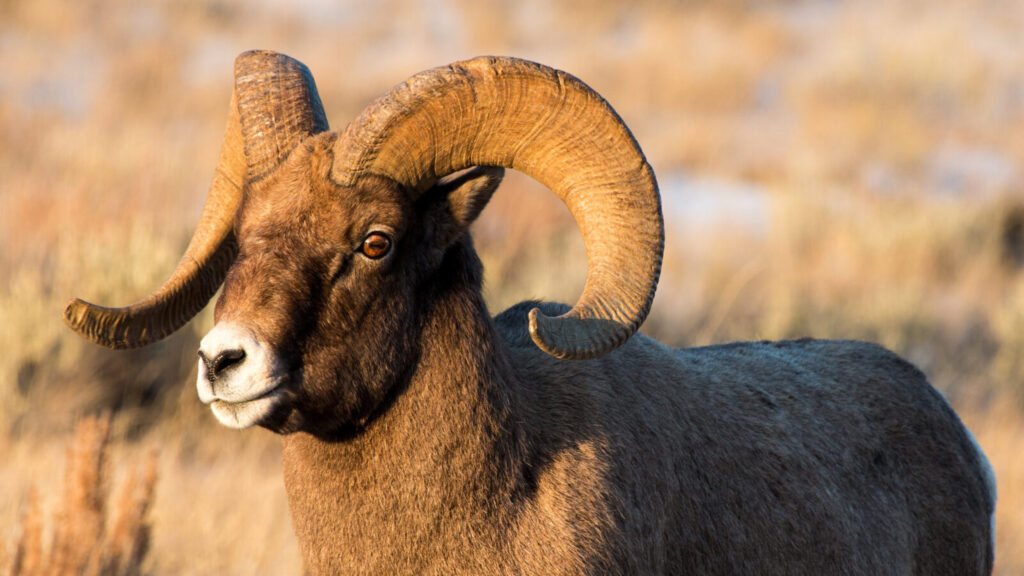
Grand Teton National Park is renowned for its rugged landscapes and diverse wildlife. Among these iconic animals is the bighorn sheep, a species facing unique challenges in the Teton Range due to its high-elevation habitat. Grand Teton National Park Foundation has funded bighorn sheep monitoring for many years, with the ultimate goal of creating a better understanding of this native species within the park. In 2024, significant strides were made in research and support aimed at conserving bighorn sheep in Grand Teton.
Bighorn sheep are specially adapted to live in the challenging conditions of the Teton Range. However, winter can test their survival skills, as conditions are extreme and food is very limited. Today, several factors threaten the herd—bighorn sheep that remain in the Tetons and adjacent mountains are isolated from one another, large amounts of habitat have been lost to development in low-elevation valleys, and the landscape is changing. These changes beg the question of how many bighorn sheep the Teton Range can now sustain.
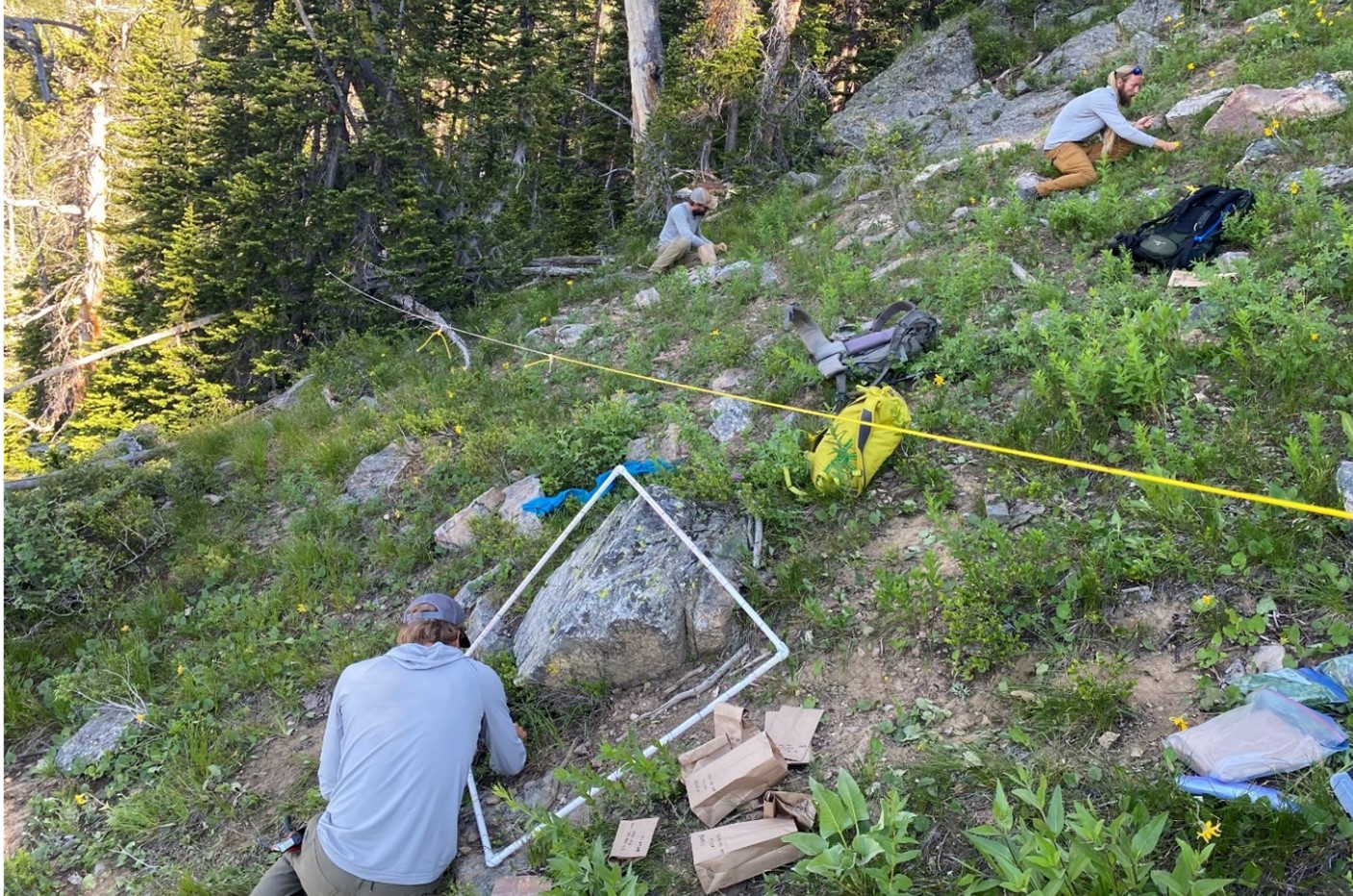
2024 marks the second year of a four-year study aimed at answering this vital question. This research focuses on two main areas: assessing the availability of alpine forage throughout the year and evaluating the health of individual bighorn sheep. Previous studies funded by the Foundation laid the groundwork by providing a population estimate for the Teton Range herd, and this ongoing research is key to making informed management decisions for this at-risk species.
During two intensive field seasons, research crews gathered over a thousand samples of grasses, forbs, and shrubs to evaluate the nutritional quality of forage for bighorn sheep. Additionally, more than 500 fecal samples were analyzed to better understand the sheep's diet. Alongside these forage assessments, the research team examined the overall health of thirteen female bighorn sheep (ewes). Initial findings indicated that while the common grasses and forbs in the Teton Range usually provide enough digestible energy to support lactation, the ewes’ body fat levels in 2024 had declined compared to the previous year. Encouragingly, GPS tracking of a collared ewe revealed a new migration pattern between the northern Teton Range and southwestern Yellowstone National Park, highlighting important ecological connections and prompting further questions about the sheep's behavior and seasonal movements.
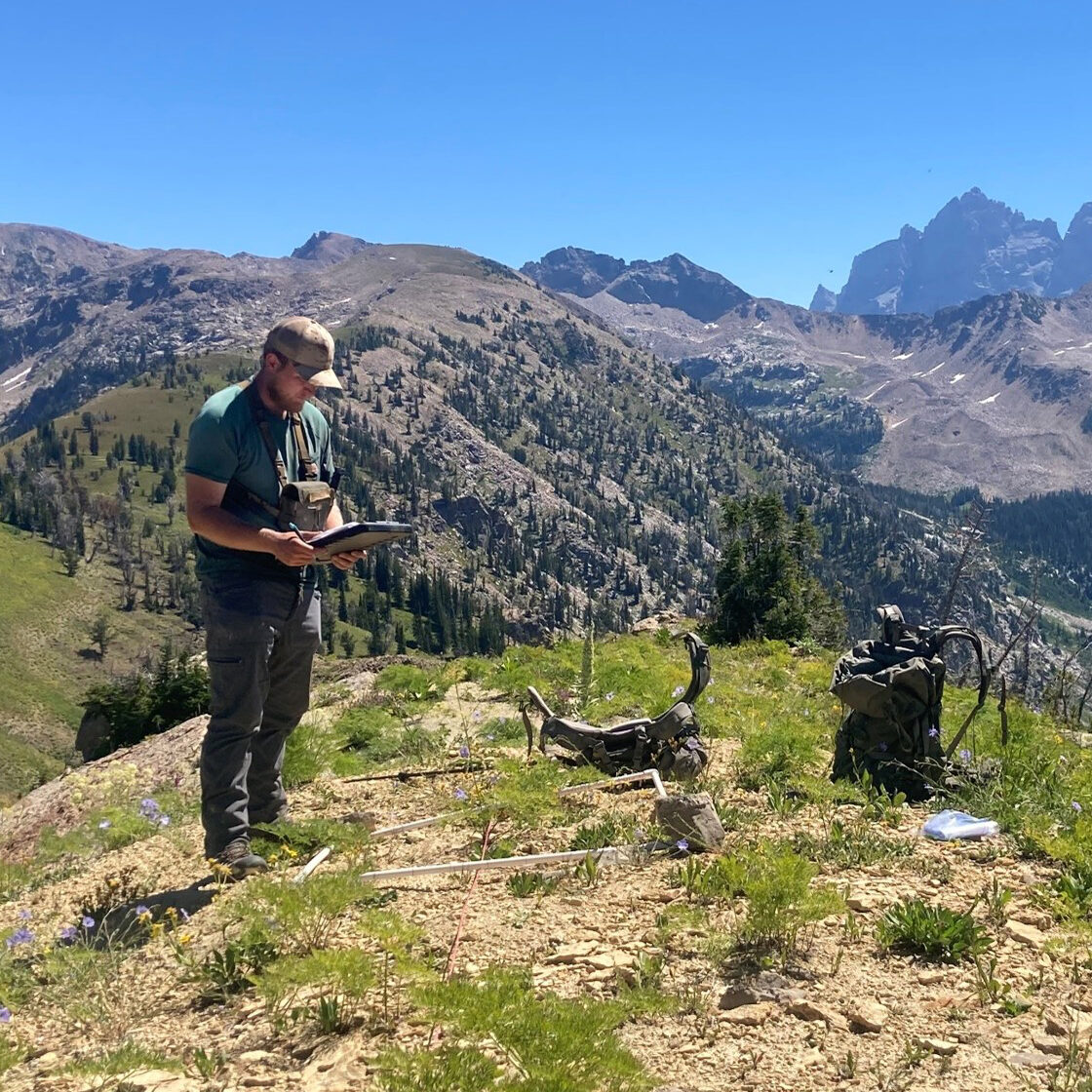
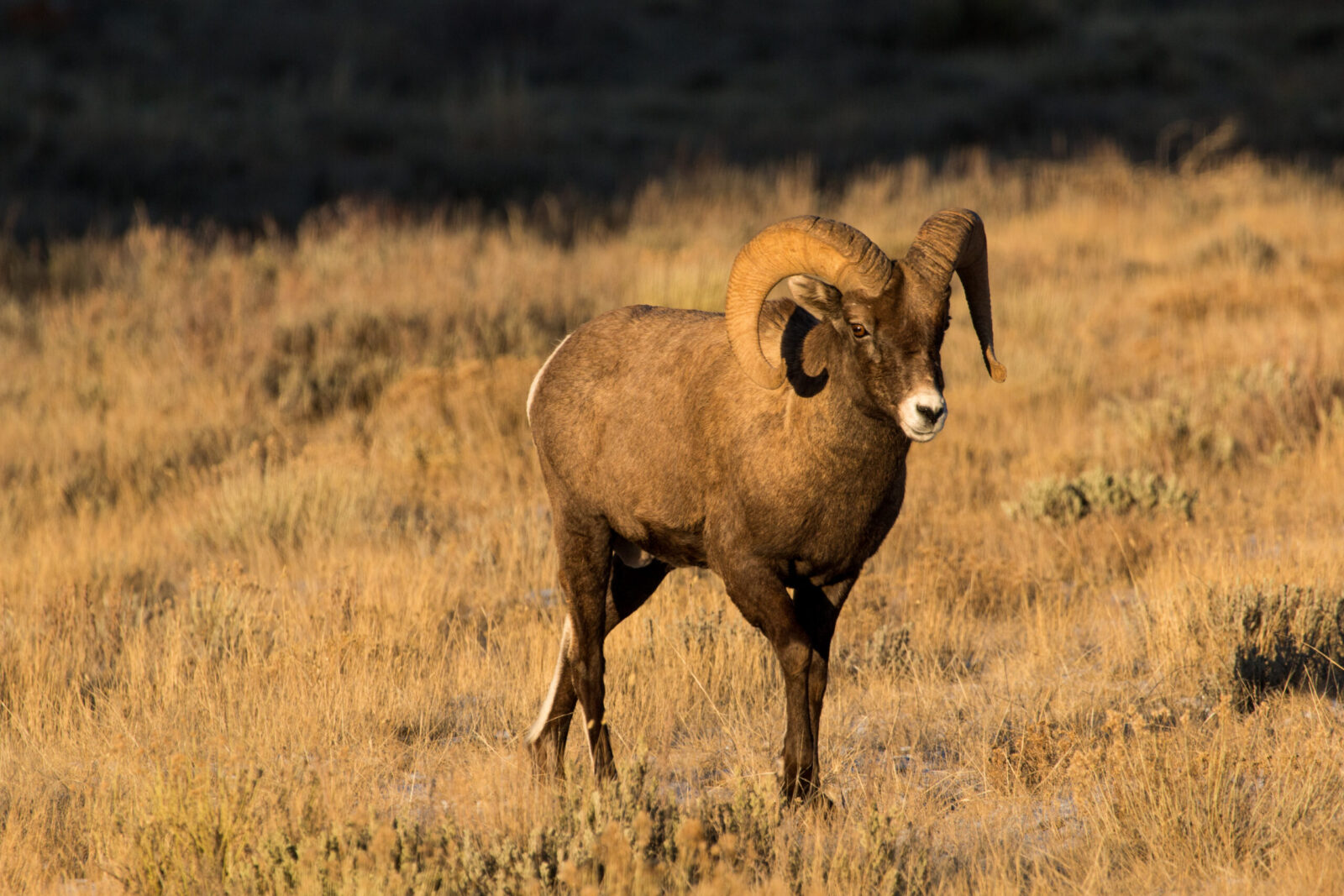
As we move into 2025, the focus will remain on estimating the nutritional carrying capacity of the Teton Range for bighorn sheep. This continued study is critical for establishing realistic population goals and understanding what habitat protection and restoration efforts are necessary to maintain this vulnerable wildlife species.
The Foundation’s support of on-the-ground conservation projects and programs in Grand Teton would not be possible without the generosity of individuals and organizations that care deeply for this iconic ecosystem. We look forward to continuing our work to protect the wildlife and wildlands of the Greater Yellowstone—there has never been a more critical time to invest in the future of this place.

